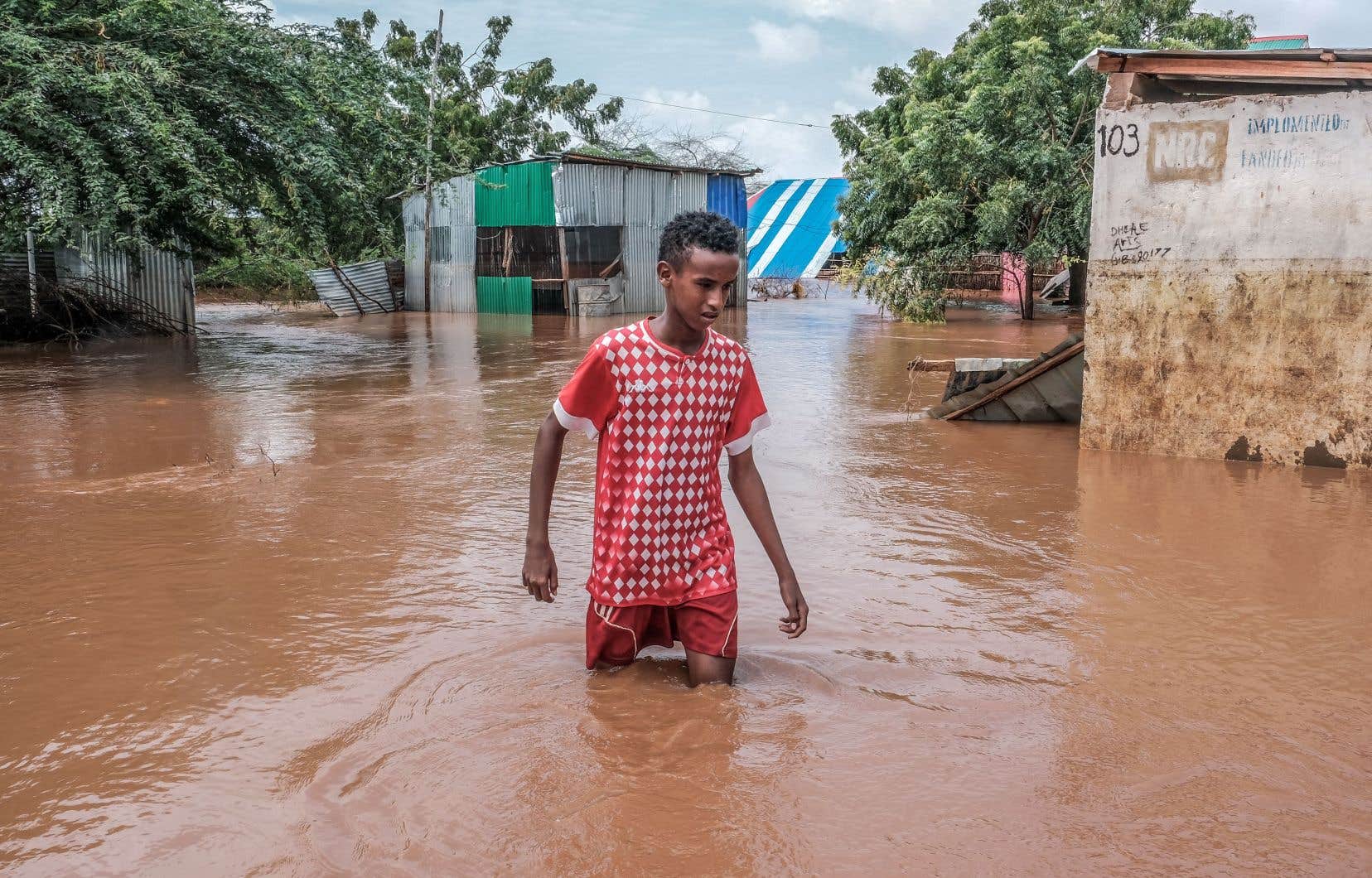Torrential rains and floods in the Horn of Africa have displaced more than two million people and nearly 300 deaths, according to an AFP count on Thursday based on government and United Nations figures.
While the region had just suffered the worst drought it had known in forty years, it has now been affected for weeks by torrential rains and floods linked to the El Niño climatic phenomenon.
Somalia has a million displaced people and around a hundred deaths according to the UN, Ethiopia has 600,000 displaced people and 57 deaths according to the UN humanitarian coordination (OCHA), while in Kenya 460,000 people have been displaced and 136 people were killed according to the Interior Ministry.
“It’s a dire situation. Regions which had difficulty recovering from the economic and environmental impacts of a prolonged drought are now doubly hit by floods,” the NGO Action Against Hunger lamented in a press release on Wednesday, on the eve of the opening of COP28 on climate change.
In Somalia, since October, “more than two million people have been affected by torrential rains, flash floods and rivers, with around one million people displaced from their homes”, according to a UN and UN statement. Somali Disaster Management Agency.
Rainfall “is expected to flood at least 1.5 million hectares of agricultural land through December,” the statement continued. The rains have already destroyed farms, damaged roads and bridges, hospitals and schools.
” Breaking point “
In Somalia, a country of 17 million inhabitants plagued by poverty and an Islamist insurgency, some 1.5 million children under the age of five will face acute malnutrition between August 2023 and July 2024, according to the UN and the Somali disaster management agency.
“Repeated climate shocks, widespread insecurity and endemic poverty have pushed Somalis to a breaking point,” commented UN envoy George Conway.
In eastern Somalia, one of the worst affected regions, cases of cholera have occurred. According to the NGO Save The Children on Thursday, 772 cases have been confirmed and at least 23 people have died.
The authorities in Mogadishu declared a state of emergency on November 12 in the face of the scale of the disaster. The government said it had received 25,000 tonnes of grain from Russia, to be distributed urgently to affected people; An additional 25,000 tonnes are expected in December.
The Horn of Africa is one of the regions most vulnerable to climate change and extreme weather events are increasingly frequent and intense.
The worst drought in four decades has hit the region after several disappointing rainy seasons that left millions in need and devastated crops and livestock.
El Niño, typically associated with rising temperatures, droughts in some parts of the world and heavy rains in others, is expected to last through April.
This meteorological phenomenon has already wreaked havoc in eastern Africa. From October 1997 to January 1998, gigantic floods fueled by the torrential rains it caused caused more than 6,000 deaths in five countries in the region.
